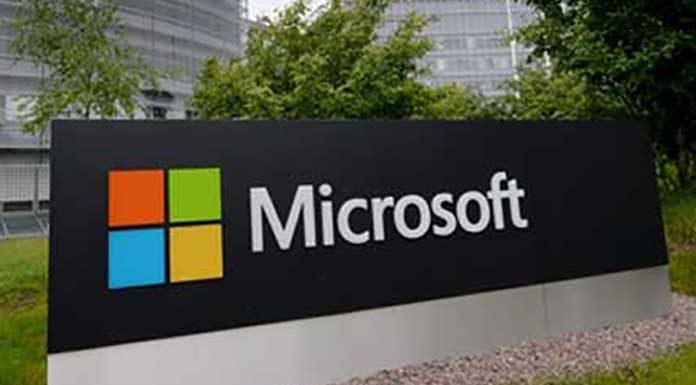Microsoft India has announced the availability of its largest publicly available Indian language speech data for research in three languages – Telugu, Tamil and Gujarati. The dataset which includes audio and corresponding transcripts is aimed at helping researchers and academia build Indian language speech recognition for all applications where speech is used, said the American firm.
The Indian language Speech Corpus content is provided by Microsoft Research Open Data initiative, a collection of free datasets from Microsoft Research to advance state-of-the-art research in areas such as natural language processing, computer vision, and domain-specific sciences, said the company.
According to the Redmond-based firm, today, there is a scarcity of adequate digital data for text, speech and linguistic resources – which are imperative in building large machine learning models for many vernacular languages across the world. Moreover, the differences in enunciation, accent, diction, and slang across various regions in India are very subtle. As a result of these complexities, development of accurate digital tools in Indian languages has been slow.
The company asserted that it was working to address this lack of data and catalyze the development of machine learning based models that can help in building systems for low resource languages, thus enabling the ecosystem of researchers, academia and tech companies working on India language models and to accelerate the needs of Indian users.
“Microsoft Indian Language Speech Corpus is an extension of our on-going efforts to reduce language barriers and empower Indians to harness the full potential of the Internet. Using our technology expertise, we want to accelerate innovation in voice-based computing for India by supporting researchers and academia,” said Sundar Srinivasan, General Manager, Artificial Intelligence & Research, Microsoft India.
The company informed that its Indian Language Speech Corpus was tested at Interspeech 2018, the world's largest and most comprehensive conference on the science and technology of spoken language processing. In a Low Resource Speech Recognition Challenge, participants used data from Microsoft Indian language speech corpus to build Automatic Speech Recognition (ASR) systems. They were able to create high-quality speech recognition models using this data, thus validating the efficacy of the Corpus.











